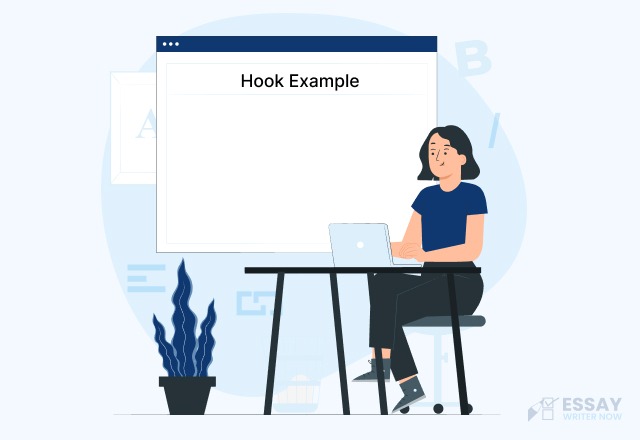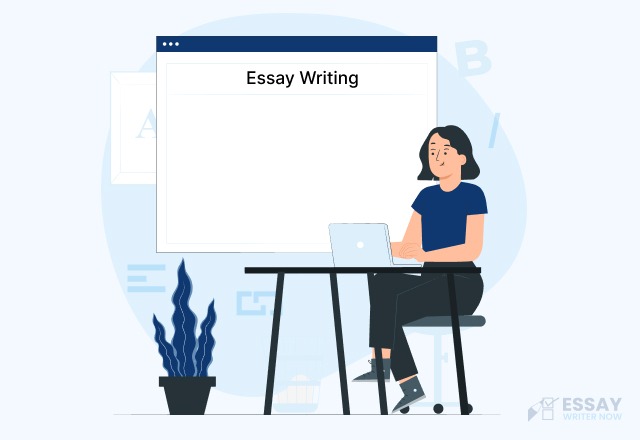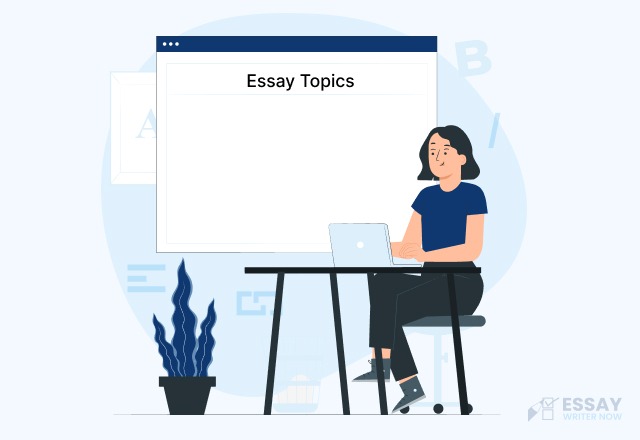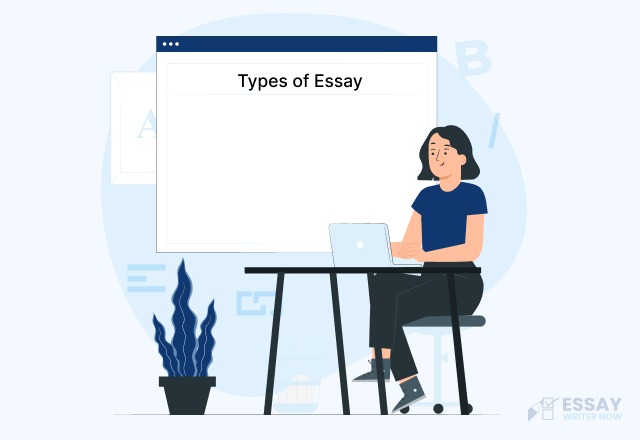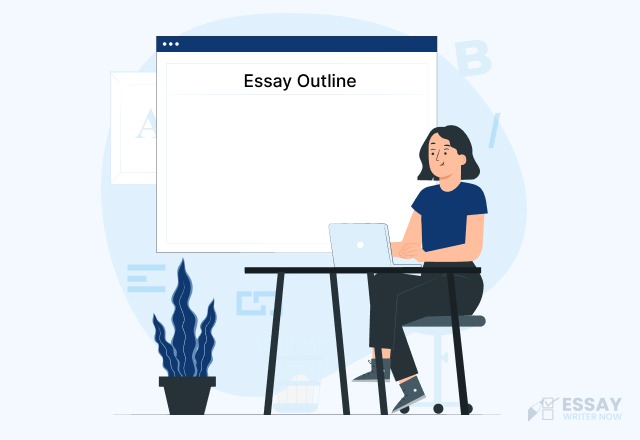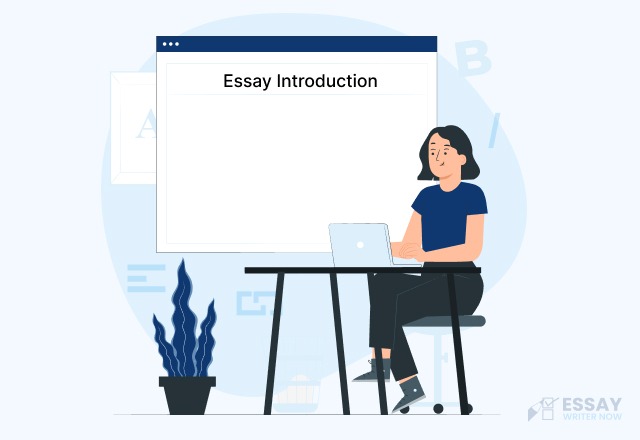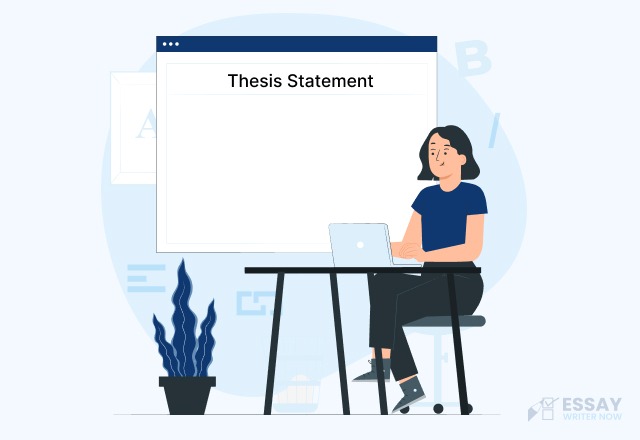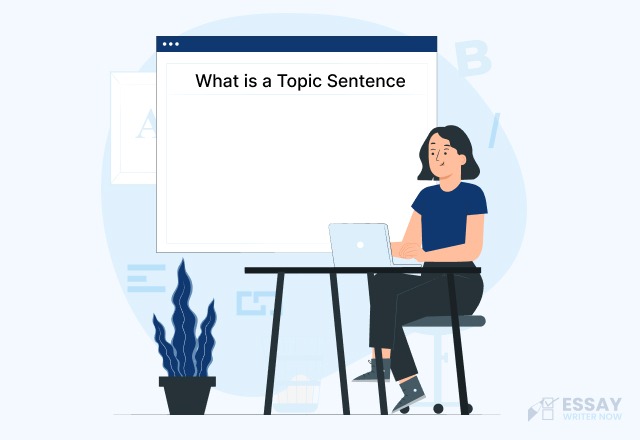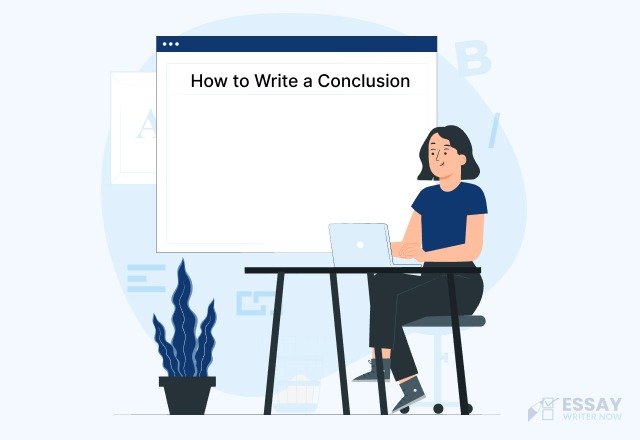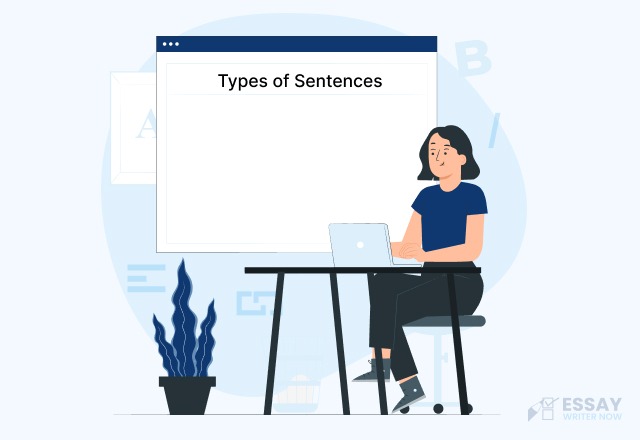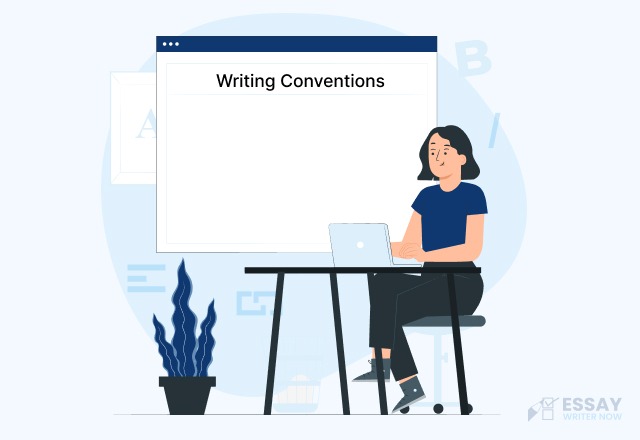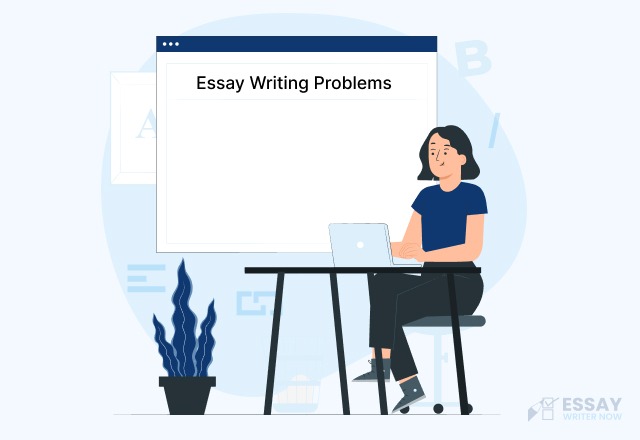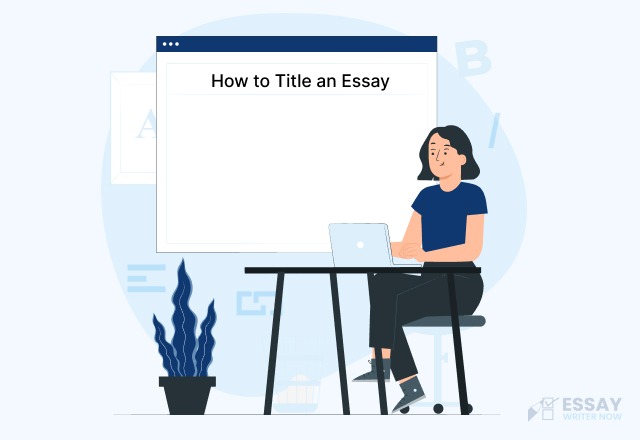What is an Essay Hook?
Hooks are memorable, eye-catching phrases that open up any kind of writing. Whether it's an essay or anything else for school - you will find hooks in every assignment to make sure your reader is hooked from the beginning until the end!
A hook is like a fishing spear with which you catch someone’s attention instead of catching them for dinner. The important thing to remember about hooks is that they're not replacements or introductions - they should be able to stand alone without being boring and predictable.
This type also fulfills two purposes:
- informing the reader-something, most people want from their news sources nowadays (even though many claims otherwise)
- making an interesting beginning by enticing readers who may have been put off at first due to lackluster headlines
The hook is an essential part of any good essay introduction, and when written the right way, it can help you ‘hook’ your audience. It's important for writers to ask themselves what they want their readers not only to know but also to feel as well so that their message makes more sense.
Types of Essay Hook
A hook is a device used to entice the reader while starting an essay. There are many different kinds of hooks, all with their own unique purpose and style that can be applied to specific types of academic papers such as essays or research papers.
The following list provides some examples:
Question Hook
This is a great way to get your reader hooked and interested in the topic at hand. A good question will lead them down another rabbit hole while also giving you an opportunity for some exciting information!
Avoid asking general Yes or No questions. For example, do not ask if they watch TV. Ask them what they think about television. If you want to get people thinking about your
The question, use a rhetorical question.
Example:
| "How do certain words make people feel?" or even deeper questions like "What does happiness mean?" We want to know what it means. Too much happiness is not possible. |
Anecdote
An anecdote is a short story that relates to the topic of your essay. It might be about you, or it might be made up. The story will usually make people laugh and want to read more.
Every day, people have stories that are interesting or funny. You can use these in your piece of writing to make the reader interested in what you are saying. These stories can be about something you did or something you imagined. But it is important for the story to be related to your main topic.
Example:
| “Last night, my best friend went out to the club with red lipstick splattered across her teeth. I didn’t regret not telling her until everyone started staring...” |
Quotes
One common type of hook is quotes, and here you use them to explain your topic in-depth. Make sure that when explaining quotes later on down the line, it's easy for readers by providing context or linking back up with where they came from beforehand!
It’s important to quote credible sources, so make sure your quotes are getting it from the right person.
Example:
| "Any achievement in business is never accomplished by a single person; a team of skilled members from diversified fields is always needed." -Steve Jobs. |
Statistical Facts
In an informative essay, the focus is on providing interesting facts for readers. Statistical hooks provide this through statistical information that offers new insights into familiar topics in your field of study.
A quote is a type of statistic, and the way it's presented can make for some interesting reading.
Example:
| “Statistics show that on average, Facebook users have 155 friends, but will only ask 4 of them for help in case of a crisis.” |
Personal Story
A personal story is a great way to engage your reader from start to finish. This can be done with any type of essay, but it works especially well in narrative forms like narratives and college applications!
What's better than getting someone hooked right away? Keeping them interested by using different techniques like incorporating interesting facts or by talking about something that happened to you.
Example:
| “Growing up in the United States, I really was fascinated by movies and Hollywood actors… My passion grew when I found myself on a movie set….” |
Description Hook
The vivid description of a scene or event is enough to draw the attention of readers. A well-written descriptive hook will make them want more about what's in your paper, so you should keep it at that level for maximum impact!
Hooks are crucial to any good story, but they're especially helpful when you want your readers' attention quickly. Descriptive hooks create intrigue in narrative essays and can be used anywhere!
Example:
| “Yesterday morning, I watched my brother leave the house with a vibrant mark of toothpaste gleaming on his right chin. I was enjoying seeing him like that until he stepped out of the house…” |
Metaphor/Simile Hook
The use of a simile or metaphor can help readers understand the essay topic you are talking about better. When people read a story, they sometimes get what is going on in one way when it is really happening in another.
If you want to tell the reader how someone else might see what is happening in your story, say it using a different word that describes that person's idea about what happened.
Example:
| “I have an 8-year-old child - the company I founded in 2012.” |
How to Write an Essay Hook?
Following are the steps to write the attention-grabbing great hook examples:
Explore the Type of Essay
To start writing an essay, you need to know the type of essay that you want to write. You can write a persuasive essay about why superhero movies are great or a research paper on superheroes and how they affect people. But you should include both academic sources and personal opinions. Writing an interesting essay is not easy, but with practice, your essays will be better than ever!
Define Outline
It is important to take the time and make sure your information is organized in an effective manner. Before you share or publish anything, always make an essay outline first so that every point can be made clear while also highlighting key points for readers who may find themselves skimming past some sections because they're not as interesting!
Know your Audience
It is important to know who your audience is before you start writing. You should use simple language for children or people who are not as educated as you. But if you want the attention of professionals, then use precise language and explain what needs to be fixed in a shorter way unless they ask for more detail.
Know your Purpose of Writing
Choose the type of hook that fits your paper. Know what kind of essay you are writing. If you are writing about something interesting, then get a funny hook. If you are writing about something more formal like a conference paper, get a more formal hook.
Essay Hook Examples
Here are some essay hook examples for your better understanding.
Persuasive Essay Hook Example
| On average each year, humans release 38.2 billion tons of carbon dioxide approximately. Due to this, the level of carbon dioxide has increased significantly, more than it has been in centuries. If you think climate change is nothing to worry about then you are highly mistaken. |
Argumentative Essay Hook Example
| According to the World Health Organization consumption of tobacco kills about five million people every year, which makes it more than the death rate from HIV/AIDS, TB, and malaria altogether. |
Narrative Essay Hook Example
| I was riding the bus to school; the other kids were making fun of me thinking I couldn’t understand them. “Why are his eyes like that?” “His face is funny.” A Chinese kid in America is probably like a zoo animal. |
In conclusion, an engaging essay introduction is essential to captivate your readers from the very start. By using an effective hook, you can ensure that your audience is interested and eager to read your essay further.
If you need help writing an effective hook for your essay, try getting in touch with a professional essay writing service.

